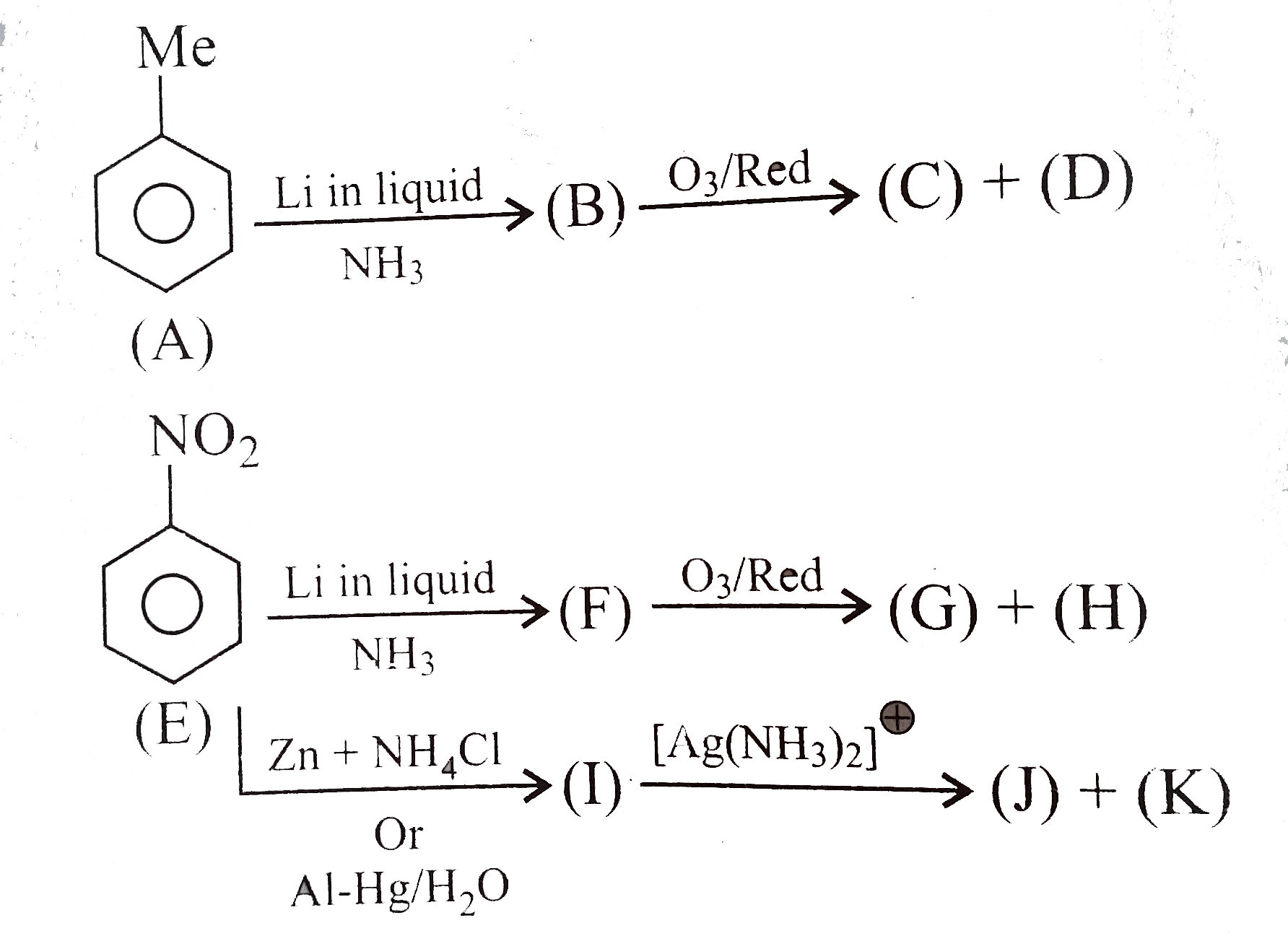
The compound (C ) and (D), respectively, are:
A
a.
B
b.
C
c.
D
d.
Video Solution
Text Solution
The correct Answer is:A
|
Topper's Solved these Questions
- REDUCTION AND OXIDATION REACTION OF ORGANIC COMPOUNDSBOOK - CENGAGE CHEMISTRY ENGLISHCHAPTER - REDUCTION AND OXIDATION REACTION OF ORGANIC COMPOUNDSEXERCISE - Exercise (Multiple Correct)
35 Videos
- REDUCTION AND OXIDATION REACTION OF ORGANIC COMPOUNDSBOOK - CENGAGE CHEMISTRY ENGLISHCHAPTER - REDUCTION AND OXIDATION REACTION OF ORGANIC COMPOUNDSEXERCISE - Exercise (Single Correct)
90 Videos
- REDUCTION AND OXIDATION REACTION OF ORGANIC COMPOUNDSBOOK - CENGAGE CHEMISTRY ENGLISHCHAPTER - REDUCTION AND OXIDATION REACTION OF ORGANIC COMPOUNDSEXERCISE - EXERCISES
1 Video
- QUALITATIVE INORGANIC SALT ANALYSISBOOK - CENGAGE CHEMISTRY ENGLISHCHAPTER - QUALITATIVE INORGANIC SALT ANALYSISEXERCISE - Viva Voce Questions And Part-C (Analysis Of Cations)
42 Videos
- SOLID STATEBOOK - CENGAGE CHEMISTRY ENGLISHCHAPTER - SOLID STATEEXERCISE - Ex 1.2 (Objective)
9 Videos
Similar Questions

The compound (B) and (C ), respectively, are:
View Solution
Compounds (B) and (C ), respectively, are:
View Solution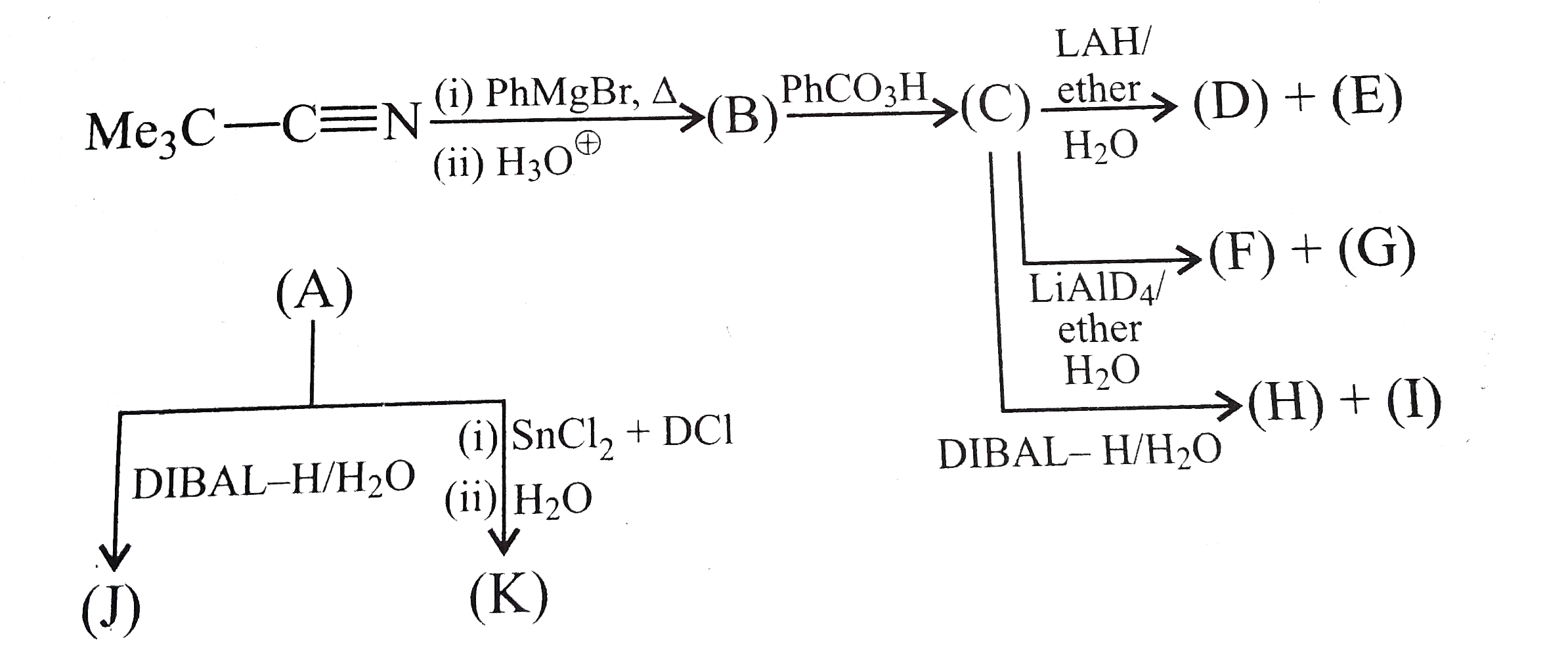
The compounds (D) and (E) respectively are:
View Solution
Compound (C ) and(D) are:
View Solution
Compound (C) and (D) are:
View Solution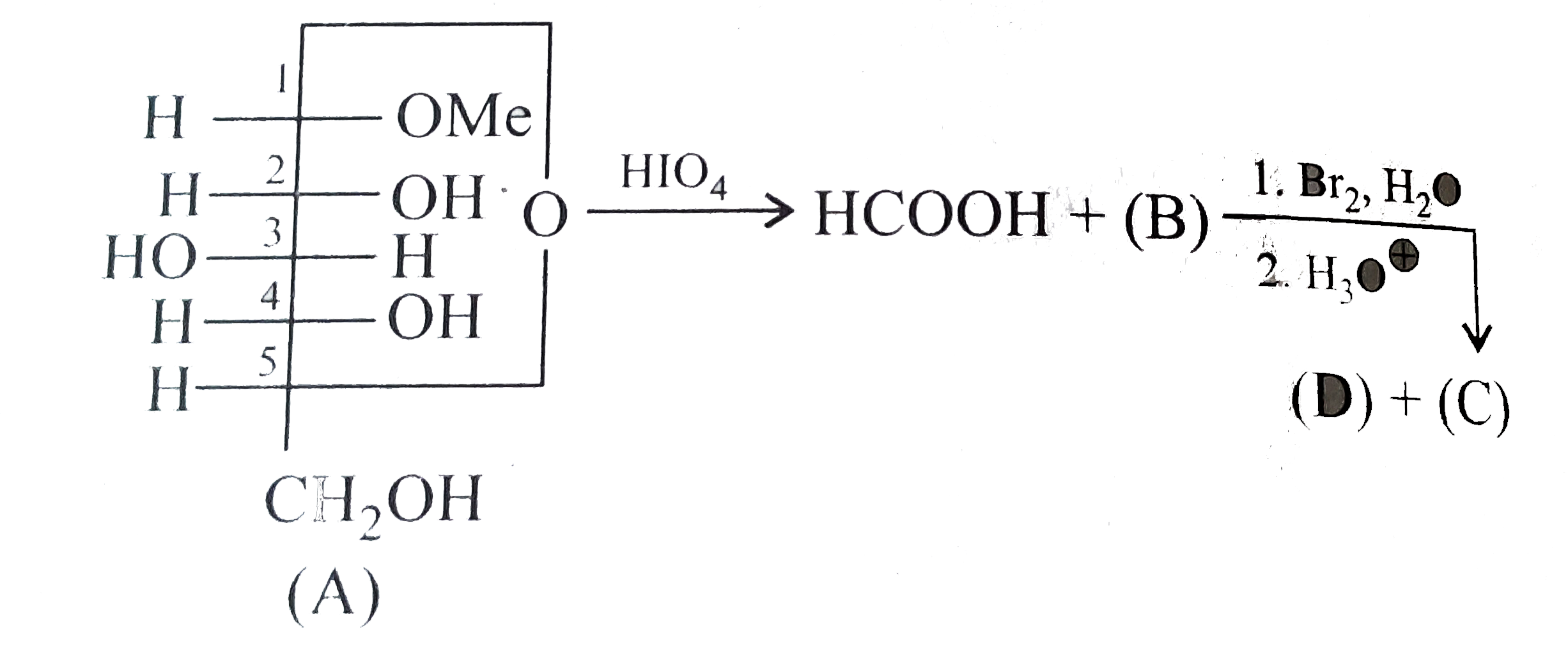
Compound (C) and (D) are:
View Solution
Compound (C ) and (D) are respectively
View Solution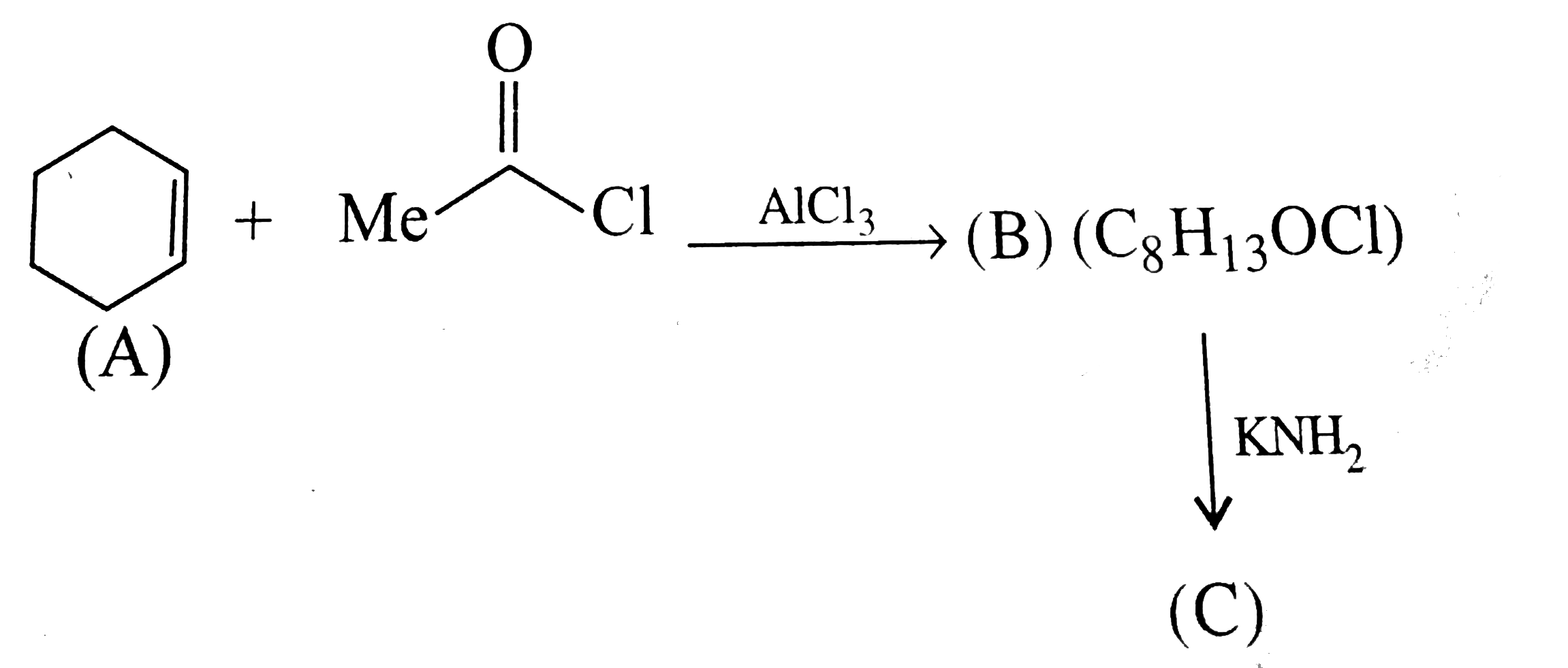
Compounds (B) and (C) respectively are:
View Solution
(B), (C), and (D), respectively, are
View Solution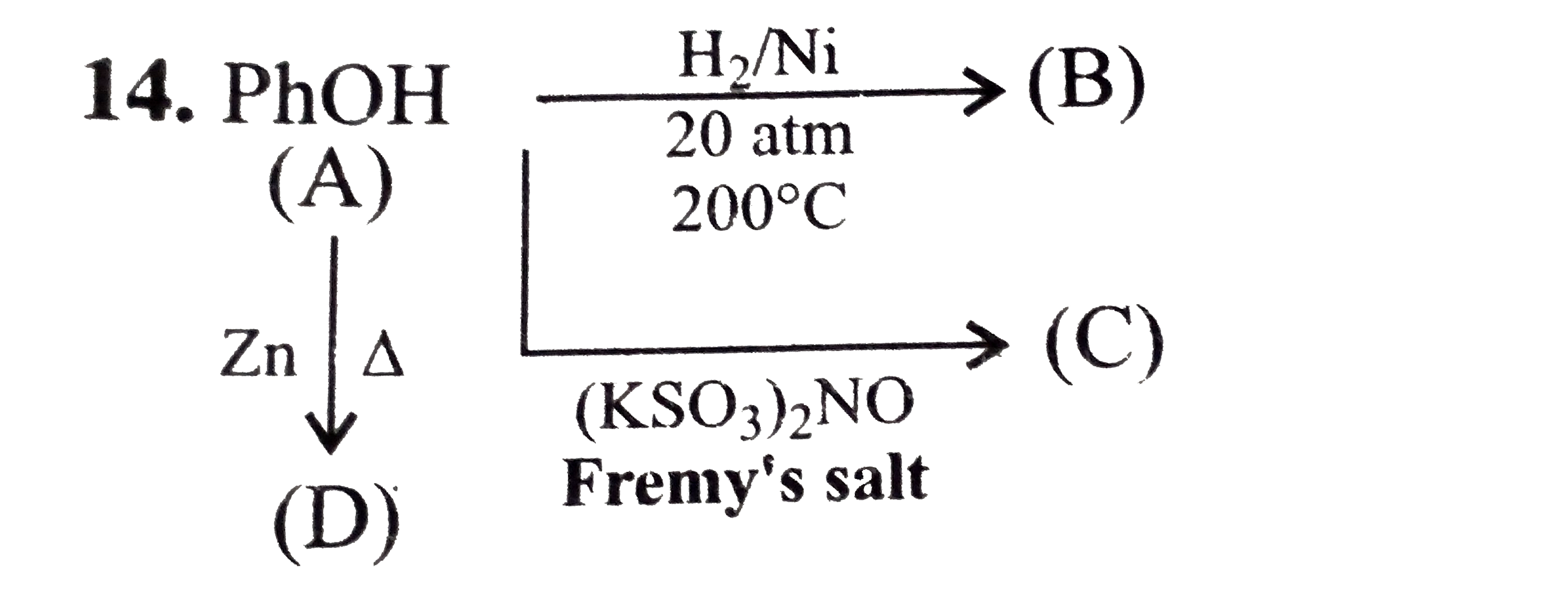
The compounds (B), (C ), (D), respectively are:
View Solution

